Types of Metal Stamping
Progressive Die Stamping
Progressive die stamping are necessary. The metal blanks are moved on a transmission belt while the progressive die stamping machine stamps the metal into uniform components. Then, the metal strip will detach with the final form from the progressive die.
Progressive metal stamping advantages feature the capability to manufacture complex parts with no errors and low reject rates. Anyway, progressive die stamping is your best choice as you produce parts with high accuracy in a rapid way.
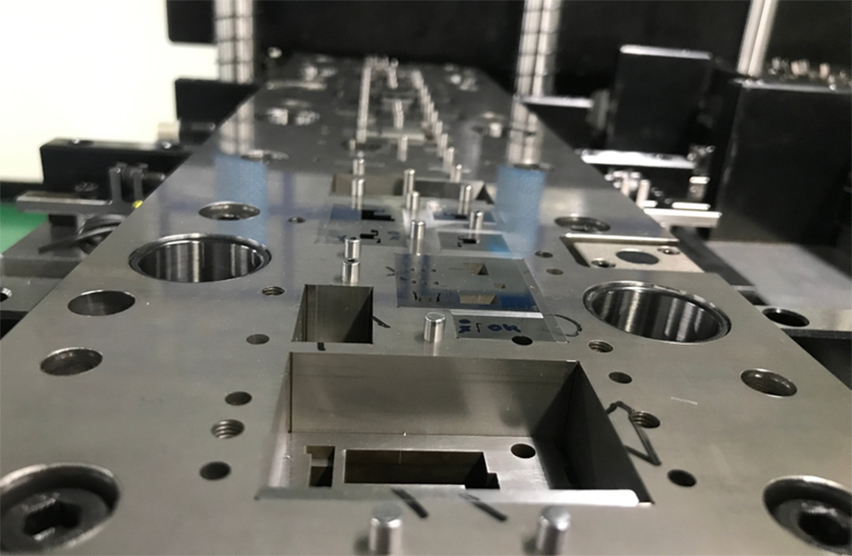
Fourslide Stamping Techniques
Named as multi slide stamping, it is a unique stamping process that the machine features die stamping in each direction, providing multiple steps in manufacturing such as bending, twisting, coining and punching, etc. It features the capability to reduce costs and meet more stamping demands with a high cost in machine maintenance.
Deep Draw Stamping
It is a process for forming metal into cavities used for manufacturing different shapes of cups or cylinders.
Compound Stamping
That integrates several processes (such as punching, stretching, or bending) to manufacture components. Generally speaking, it mainly uses for providing components with a metal sheet. Due to the capability to create multiple cutouts in the workpiece without using multiple dies, it can reduce costs and enhance efficiency dramatically, but the expensive cost is still a big problem.
Transfer Dies Stamping
Equipped with compound dies, it can produce a large number of products with the same characteristics by stamping sheet metal through the conveyor belt into different dies. But it also features a high production cost.
Common Materials for Metal Stamping Process
Considering diverse thermal conductivity and tensile strength, we are committed to providing trending materials for you, including stainless steel, aluminum, beryllium copper and brass. To meet your demand, please read How to Choose the Best Material for Metal Stamping for more info. I am sure you will understand their characteristics thoroughly.
Metal Stamping Process We Offer
Compared with heavy metal profiles, the thick one is malleable for manufacturing with different sheet stamping. Fabrication processes are divided into the following two categories:
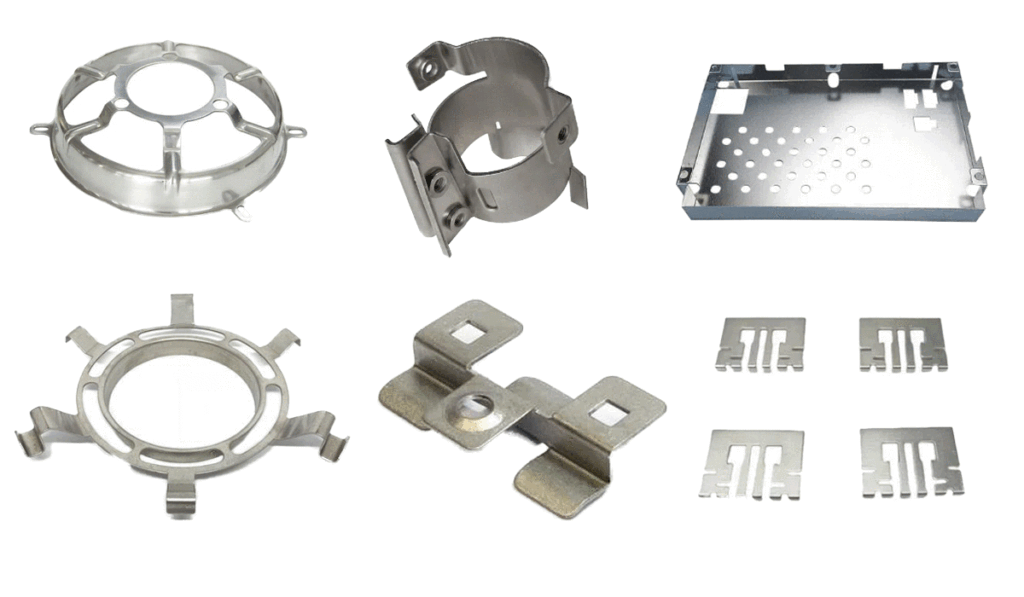
Material Removal
Blanking
Blanking is a process to remove residual metal burrs or flying edges after the rejection of the finished part. There are 3 ways to deburr based on its size which are divided into a handmade method, machine processing, and electrochemical deburring(ECD).

Punching
Known as drilling, It is a process to machine holes to varied sizes with the use of a metal sheet as a way to apply a shearing force in the machine. Most of the metal parts can be punched into an irregular shape, but remember that the diameter of the round hole should be larger than the thickness of the metal you selected.

Trimming
It is the process to trim unneeded material which is recycled from one stamping station. Simultaneously, the trimmed parts can be used in further forming operations or as a final product.
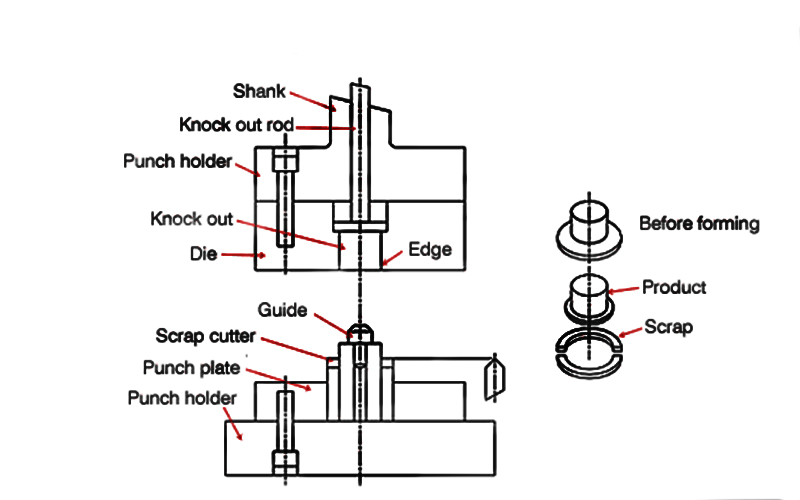
Laser Cutting
Known as hot metal stamping, the laser cutting machine conducts high-power laser to the panel, then enhances it to cut flat sheet metal by lenses. The laser has a focal length between 0.25-0.35 inches with a laser spot diameter of 0.001-0.003 inches.
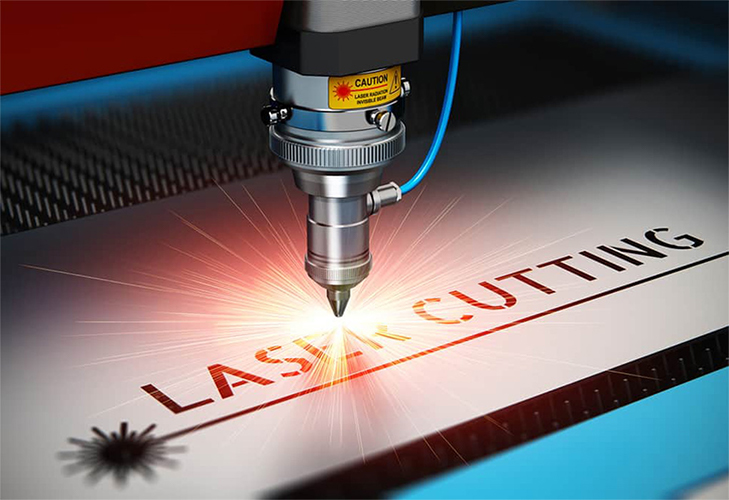
Plasma Cutting
It is a process to cut conductive material with hot plasma jets. The principle is that an inert gas (usually argon) to use to create an electric arc, which is used to melt and blow metal away.

Water Jet Cutting
It uses high-pressure water to cut metal, glass, stone, etc. We recommend you add abrasives to the water for cutting thick material. Given that there is no heat generated by laser and plasma cutting, it is suitable for cutting metal with a low melting point. Water jet cutting is widely used in the aerospace and automotive industry.
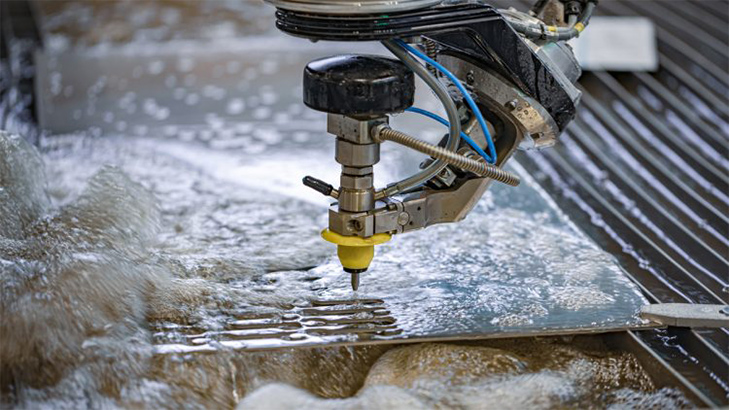
Material Deformation
Depending on the tensile strength of the metal. This sheet metal stamping step is divided into cold and hot bending. We can provide you with U-shaped, V-shaped and slotted by using multiple bends. Here are the following bending methods during the fabrication process:
Air Bending
Known as the free bending process, it is the most common method used to manufacture 90-degree bends. The metal panel will be put between two molds of which one of that has a V-shape slot, where metal will be bent here.
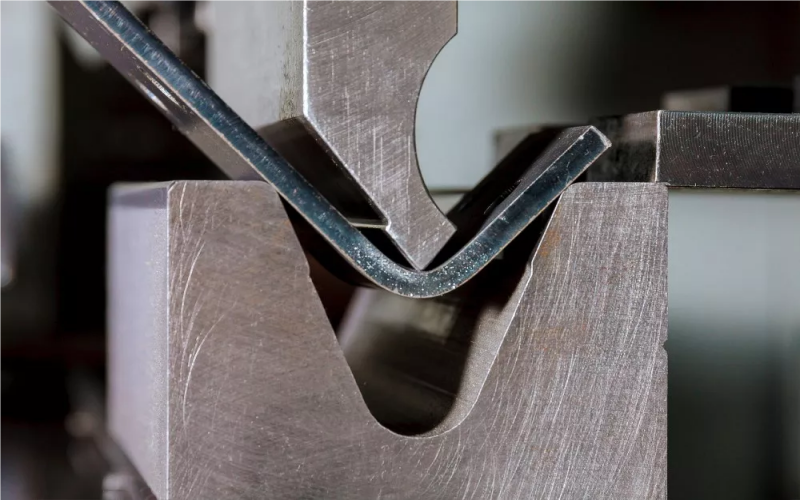
Coining
Coining is a process that uses metal stamping dies to create a flat piece, such as coin or medal design. Due to a high stamping press, the tool must be made of special alloy steel that is tougher than the metal being stamped.
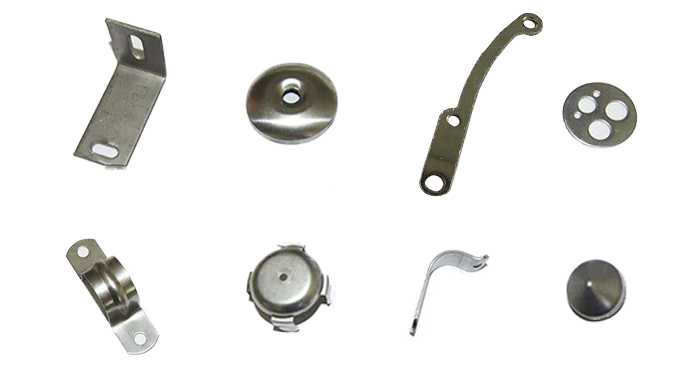
Embossing
Similar to coining, there is the only difference that the embossing requires two molds featuring discrepant characteristics. During the process, the panel will be plunged into a mold in a specific shape with the pressure of the others above.
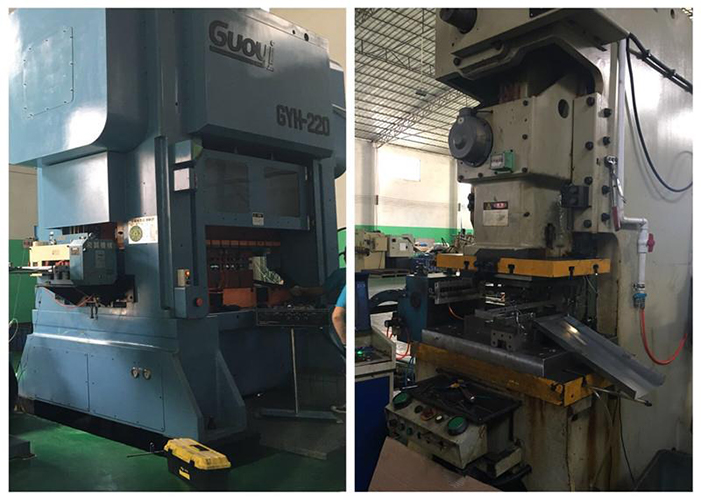
The most common-use metal stamping machines include hydraulic and mechanical presses, which are divided into different tonnages ranging from 25T to 250T according to the precious metals being stamped.
Ironing
Similar to coining, ironing is an unusual technique in custom metal stamping, which is used to reduce the material thickness. The metal is placed between two molds and then a ram presses the top mold onto the bottom one so that stretches and thins the metal.
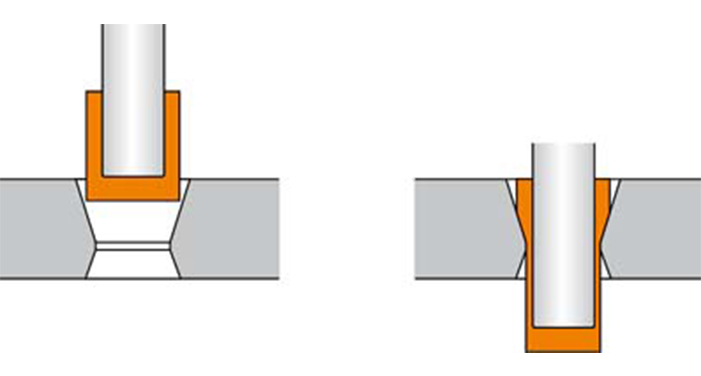
Flanging
Flanging is one of the processes in metal stamping that can slightly change the shape. The process requires two dies to work together to bend the sheet metal at a defined angle. Besides, changing the angle of the die avoids tearing caused by the bounce.
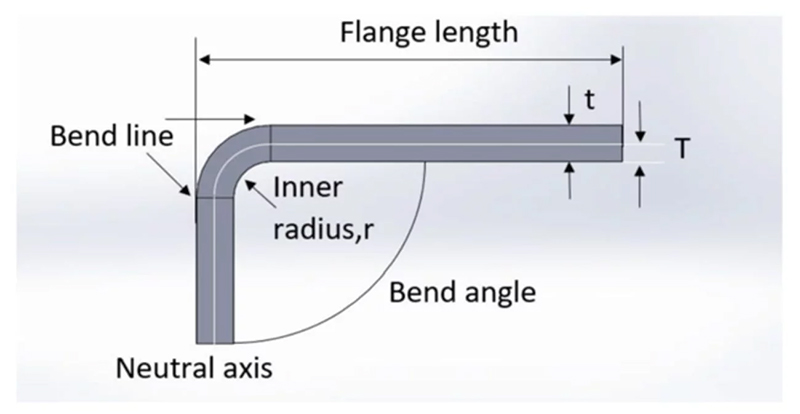
Deep Drawing
It is a process for creating components through deep drawing, which is used to manufacture complex parts such as sinks or thin-walled cylinders. However, the utilization of drawing is limited for which rectangular and low-hardness metals are suitable, such as aluminum and copper alloys.
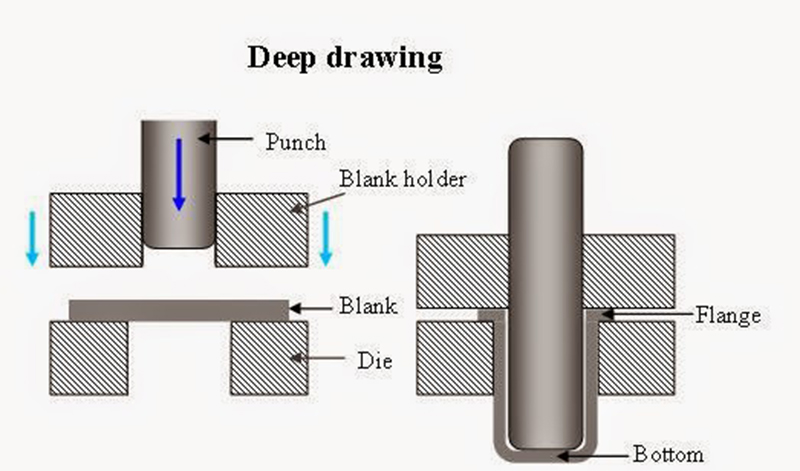
Conclusion
You should choose specific metal stamping operations according to metal parts you want to manufacture.
Production of Small Components
Generally use flanging, punching, etc. Featuring a low production cost, the components can be customized by varied surface treatments to enhance their corrosion resistance and strength.
Production of Large Parts
Featuring great thickness and hardness, large parts are processed by cutting, drawing, flanging, etc. Meanwhile, that requires fourslide stamping and composite stamping machines to manufacture large parts. Additionally, you should process material with high thickness through hot stamping.
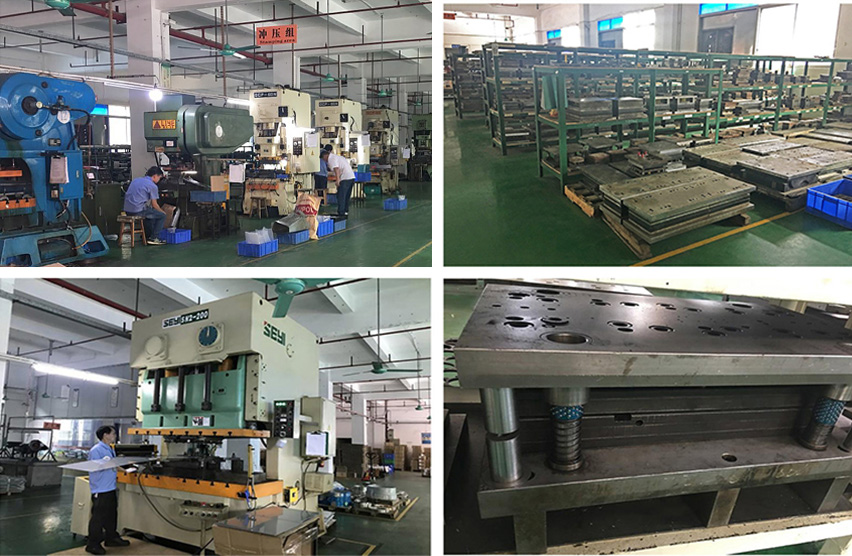
You can contact a professional metal fabricators for custom metal stamping parts with the desired shape. Indeed, you have better contact them for professional metal stamping techniques if you don’t know what materials you should choose.
